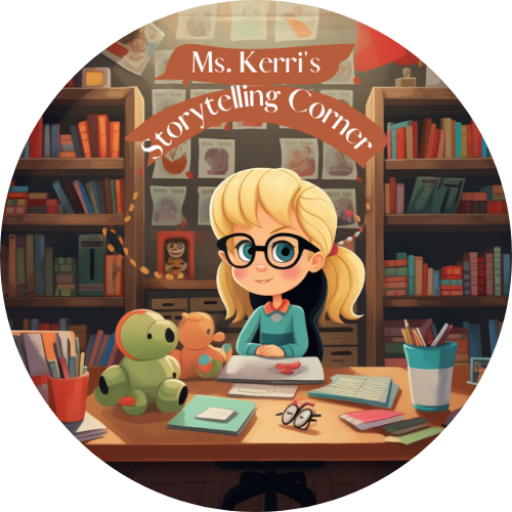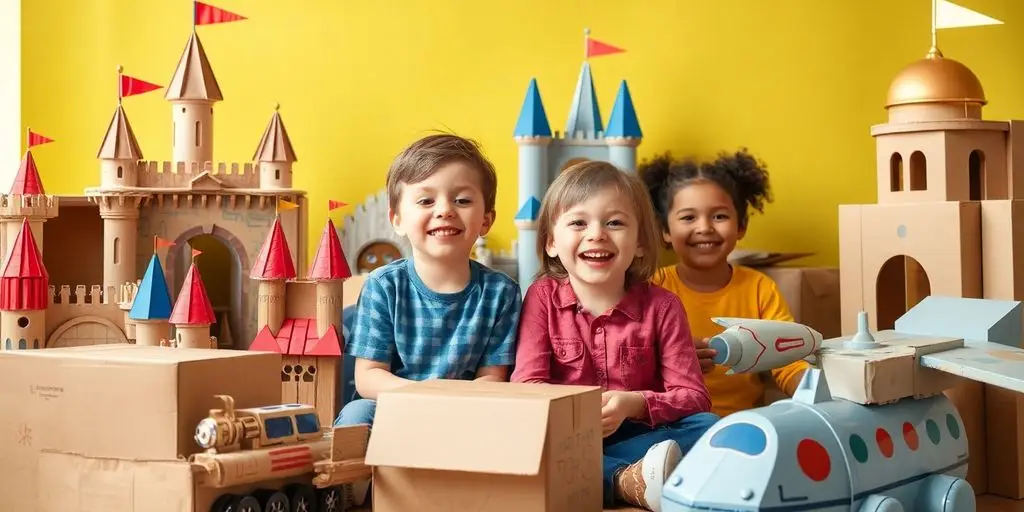Picture this: It’s 10:30 AM, and your third-graders are already showing signs of mental fatigue. Sarah is fidgeting with her pencil, Marcus is staring out the window, and half the class looks like they’d rather be anywhere else. Sound familiar? This is exactly when mindful brain breaks can work their magic.

Unlike traditional movement activities, mindful brain breaks focus specifically on helping students develop emotional awareness, regulate their feelings, and build resilience. These aren’t just quick energy bursts – they’re intentional pauses that teach kids valuable life skills while refreshing their minds for learning.
Why Mental Health Check-Ins Matter During Brain Breaks
The most powerful mindful brain breaks start with simple emotional awareness. During transitions between subjects, try asking students to pause and identify how they’re feeling using a feelings wheel or emotion cards. This practice helps children recognize their emotional states before they become overwhelming.
One particularly effective approach involves having students rate their energy and mood on a scale of 1-10. When they notice their attention dropping below a 5, they know it’s time for a mindful reset. This self-awareness becomes invaluable as they learn to advocate for their own mental health needs.

Consider implementing a “weather report” check-in where students describe their internal emotional climate. Are they feeling sunny and bright, or perhaps cloudy with a chance of frustration? This metaphor makes abstract emotions more concrete and manageable for young minds.
Breathing Techniques That Actually Work
Deep breathing forms the foundation of most effective mindful brain breaks, but let’s move beyond the basic “breathe in, breathe out” instruction that often falls flat with kids. Children respond better to creative breathing exercises that engage their imagination.
The “balloon breath” technique asks students to imagine inflating a balloon in their belly as they inhale slowly, then deflating it completely on the exhale. This visualization helps them understand what deep breathing actually feels like, rather than the shallow chest breathing many default to when stressed.
Another favorite is “flower and candle breathing” – students smell an imaginary flower with a long, slow inhale, then blow out an imaginary candle with a controlled exhale. The familiar actions make the breathing pattern intuitive and memorable.
For older elementary students, try “square breathing” where they trace the edges of their desk while breathing – inhale for four counts up one side, hold for four counts across the top, exhale for four counts down the other side, and hold for four counts across the bottom.
Guided Visualization for Classroom Calm
Guided meditation might sound too advanced for elementary students, but when presented as “imagination adventures,” these brain breaks become incredibly engaging. A simple 3-minute journey can transport stressed students to a peaceful mental space.

Start with basic scenarios like imagining they’re floating on a cloud, feeling the soft, supportive surface beneath them as they drift peacefully through a blue sky. Guide them through sensory details – the warmth of sunshine on their face, the gentle breeze, the feeling of complete safety and relaxation.
Beach visualizations work wonderfully because most children have positive associations with sand and water. Have them imagine their worries washing away with each wave, leaving them feeling refreshed and ready to learn.
Forest scenes offer another calming option. Students can visualize walking along a peaceful path, hearing birds chirping, feeling soft moss under their feet, and breathing in fresh, clean air that fills them with energy and focus.
Mindful Movement Integration
The most effective mindful brain breaks combine gentle movement with awareness practices. Unlike high-energy physical activities, these movements are slow, intentional, and focused on body awareness.
“Mindful stretching” sequences work beautifully in limited classroom space. Students stand beside their desks and slowly reach their arms overhead, noticing how their muscles feel as they stretch. They can roll their shoulders, gently twist their spine, or do simple neck rolls while paying attention to any tension leaving their bodies.
“Gratitude gestures” combine movement with positive thinking. Students place their hands on their heart and think of something they’re grateful for, then extend their arms outward as if sharing that gratitude with the world, finally bringing their hands back to their heart to keep that positive feeling close.
Walking meditation works well for transitioning between activities. Instead of rushing to line up, students walk slowly and deliberately, feeling their feet connect with the ground and noticing their surroundings with fresh awareness.
Creating Emotional Regulation Tools
Mindful brain breaks should equip students with strategies they can use independently when they notice stress or overwhelm building. Teaching these self-regulation techniques during calm moments prepares them for challenging situations.
The “STOP” technique gives kids a memorable acronym: Stop what you’re doing, Take a breath, Observe your feelings and surroundings, then Proceed with intention. This simple framework can be used anywhere, anytime they need to reset.
Progressive muscle relaxation adapted for children involves tensing and releasing different muscle groups while noticing the contrast between tension and relaxation. Start with making fists and then releasing them, progressing through shoulders, face muscles, and legs. This helps kids recognize where they hold stress in their bodies.
“Worry stones” or stress balls can become physical anchors during mindful brain breaks. Students hold these objects while practicing breathing exercises, creating a positive association they can access later during tests or challenging moments.
The beauty of mindful brain breaks lies in their lasting impact. Students who regularly practice these techniques develop stronger emotional intelligence, better stress management skills, and improved ability to focus. They’re not just taking a break from learning – they’re learning essential life skills that will serve them well beyond the classroom walls.


Ms. Kerri’s Corner provides a exciting virtual space for preschool learning. Through a variety of engaging activities, she exposes young minds to early math, literacy, science and social-emotional skills in a developmentally appropriate way. Centers for blocks, art, books and music allow children to explore hands-on learning at their own pace. Guided lessons subtly introduce number sense, letter sounds and narrative thinking. Careful observation gives insight into each child’s progress across domains. Viewers are also invited to participate, reinforcing that their ideas are valued. By making learning fun yet purposeful, Ms. Kerri lays the groundwork for future academic success while fostering creativity and imagination. Her program offers preschoolers valuable screen-based learning experiences.




